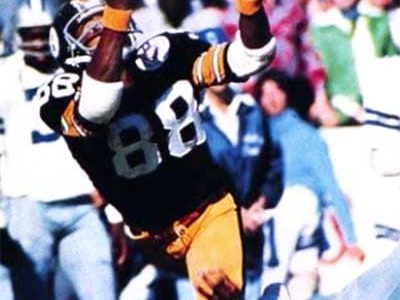Parking in a Parallel Arrangement Is It Safer to Let Someone Else Take the Wheel? Using a narrower beam of light from the front lights. Turning the wheels of your vehicle downhill is the optimal parking strategy.vehiclethe right way up. Put some inward pressure on the front tires when parking downhill. A Whereas option (a) is right up against the curb, option (b) is 18–24 inches from the curb, and option (d) is 6–18 inches from the curb.
- Best Accessories For Canon 5D Mark Iii Accessories, 6 Must Have Items For Your Canon Eos 5D Mark Iii
- What Is The Best Way To Avoid Running Aground, How To Avoid Running Aground
- Best Saw For Cutting Christmas Tree S, Top 8 Best Hand Saws For Cutting Trees
- Teenage Best Friend Quotes About Friends For Our Teenagers, 6 Quotes About Friends For Our Teenagers
- Configuring Active Directory Sites And Services Subnets Best Practices
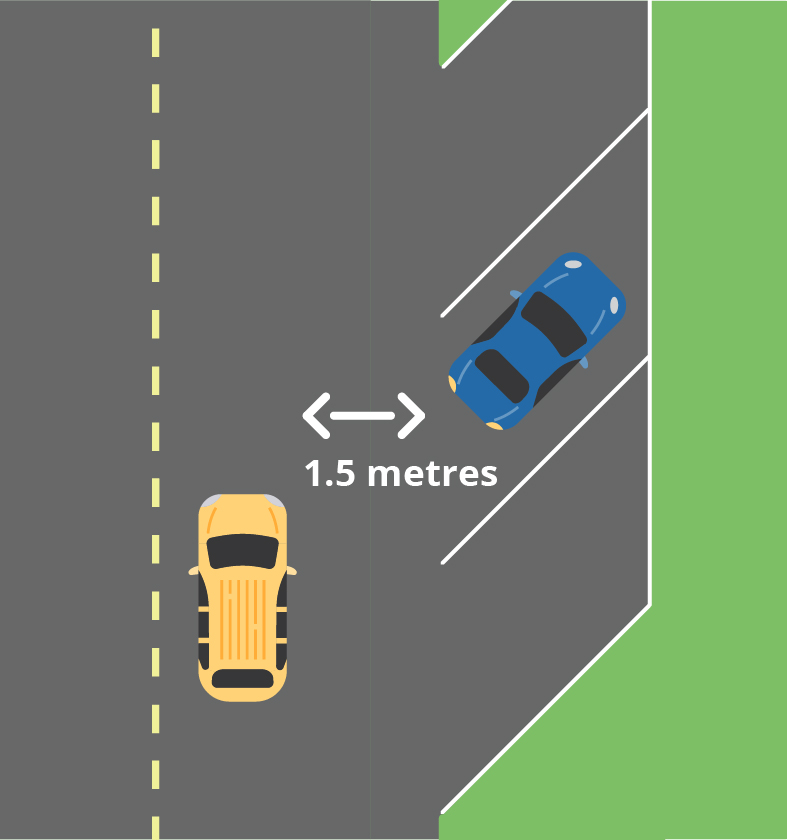
At any time, day or night, when you cannot see people or other vehicles clearly, you must turn on your vehicle’s lights. Dated August 14th. From the curb, approximately A 18–24 inches From the curb to a distance of 24 to 30 inches; from the curb to a distance of 6 to 18 inches; and beyond the curb by more than 30 inches.
Bạn đang xem: When Parking Parallel It Is Best To Leave The The Wheels? Best Guide 2023
Pros of Turning Wheels
When parking parallel, there are advantages and disadvantages to turning the wheels. To avoid skidding and to make tight turns, turning the wheels can help keep the vehicle on the road. Likewise, it can be useful for avoiding the predicament of being sandwiched between two vehicles. Still, doing so can generate extra noise and motion in the parking lot, which could be an annoyance to other motorists.
Cons of Turning Wheels
In order to avoid creating a hazard, it is recommended that, when parking parallel to the curb, the wheels be turned in the opposite direction from the direction in which the vehicle is parked. Because the car’s weight causes the wheelbase to stretch out when parked parallel to the curb, the car can be jolted if someone pulls out in front of it.
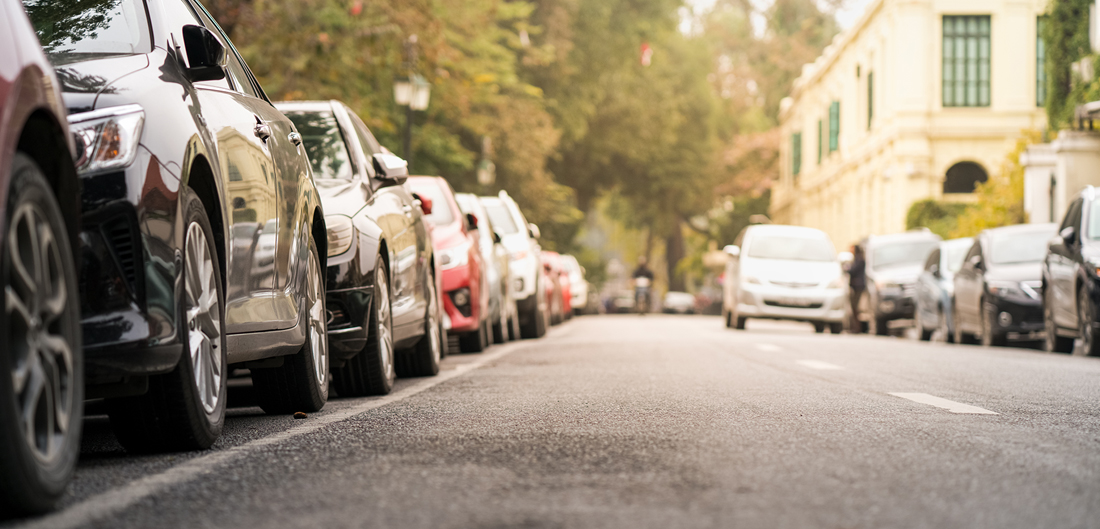
What to Do If You Get Stuck
You have a few options if your car becomes stuck. Get out of the vehicle and try to push it away from the danger first. If that fails, you can always use your car as a ramp by jumping up onto the roof or trunk. If that fails, you can always use the hood of your car as a makeshift ramp.
Leave the wheels on the ground and park perpendicular to the curb instead. To get onto the hood of your car, you can use the car as a ramp.
When parking parallel it is best to leave the curb side wheels.
Find the RIGHT Solution. Others argue that there is no limit at all, but I think that’s pretty far out there. It’s recommended that, when parking parallel, you leave the wheels on the curb side. When driving after dark, sleepiness is more likely to occur, so it’s best to avoid doing anything hazardous for at least 30 minutes after sundown. With the headlights turned down low.
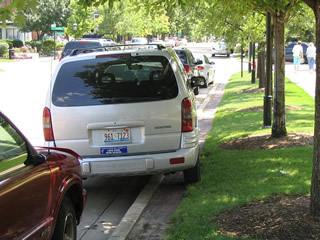
When Parallel Parking It Is Best To Leave The Curbside Wheels Us Drivers License Test Questions Drivers License Practice Tests Driverstest Info
Xem thêm : The 10 Best Mexican Food Flagstaff, Top 15 Mexican Restaurants In Flagstaff
You should leave your wheels on the curb side when parking parallel.Turn to right yourself. Never leave the vehicle running, whether it be the engine or the electric motor. Contextual Inquiries 0 votes.
You can see better through the fog if you drive slowly.
Take a look at this:These Are the Top Bummer Bars Seattle’s Best Dive Bars, According to Locals
If there is no curb, park on the side of the road. Find the TRUE Solution.
A lot of people say up to 18, but that seems way over the top to me. At any time, day or night, when you cannot see people or other vehicles clearly, you must turn on your vehicle’s lights. 2 Apr, manish56 asked in Other.
Turn the wheels to the left if you’re parking uphill and the right if you’re parking downhill. Time, in minutes, 30 minutes after sunset. Follow the lead of the car in front of you and stop to let the pedestrian through.
Correct distance from the curb is between 6 and 18 inches. Leave the wheels on the curb side when parking parallel. Put on your headlights immediately. Leaving the wheels on the curbside is the safest bet when parking parallel.
Xem thêm : The Best Burger Greenville Sc ? The 10 Best Burgers In South Carolina!
Turn off the gas or plug in the regenerative brake and put the vehicle in park. It’s recommended that, when parking parallel, you leave the wheels closest to the curb. See the solution right now.
I don’t understand what you mean by “wheels to the curb.” Turning the front wheels will help you park facing downhill.
When parking your car in a parallel spot, should you leave the wheels turned? Or should you turn them the other way?
Each approach has its benefits and drawbacks. When you need to get out of the spot quickly, turning the wheels the other way can help, but it can be tricky to get back in. Leaving the wheels straight can make getting in and out of the spot simpler, but if someone were to bump into your car, they could easily push it out of the spot.
What’s the best way to do it?
Which direction you spin your tires when parking in a parallel space is entirely up to you. Just be cautious and think about what could happen if someone bumps your car.
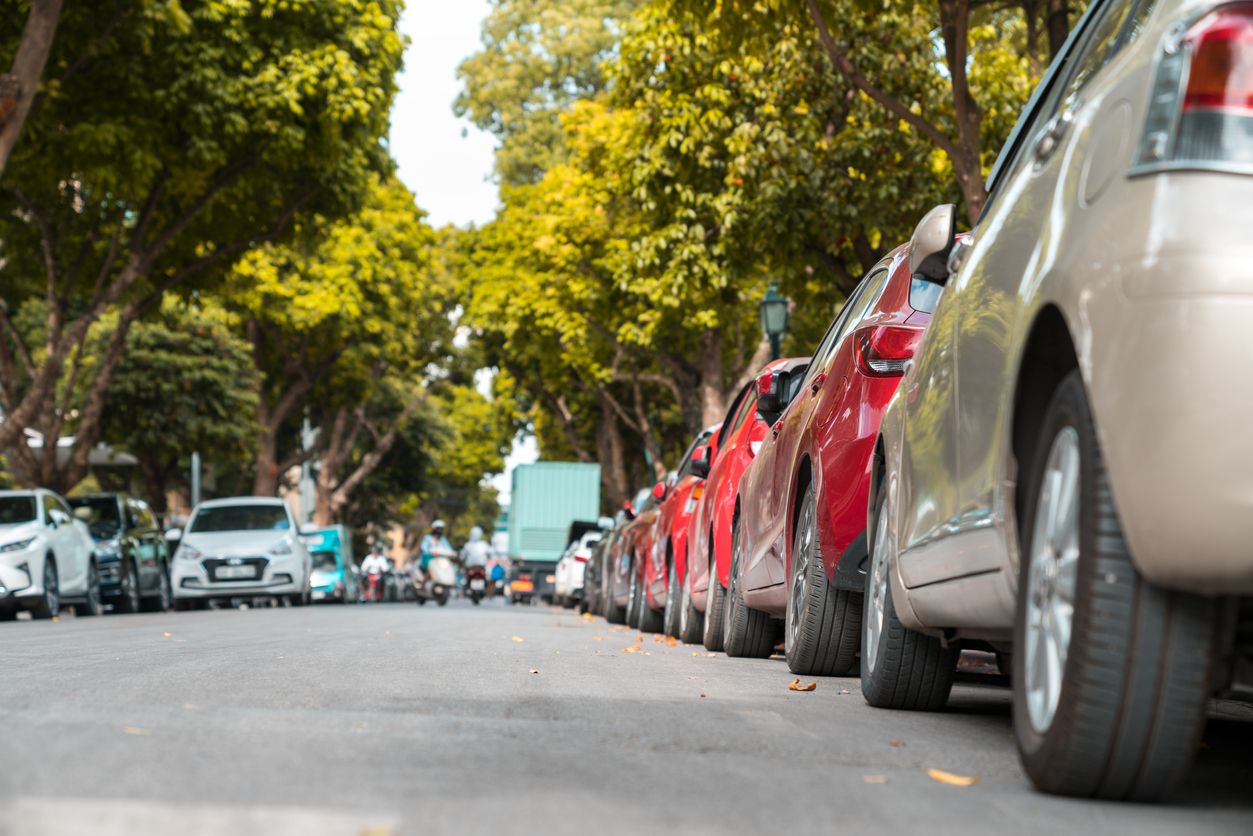
When parallel parking your wheels should be?
Leaving all four wheels on the ground is recommended when parallel parking. In doing so, you’ll aid in maintaining the vehicle’s steadiness and halting its motion.
How do you leave a parallel parking space?
In order to park safely in a parallel fashion, it’s best to leave as much space as possible between the tires and the curb. If you do this, you won’t have to worry about damaging the vehicle or moving it at a later date.
When should you start parallel parking?
Even for seasoned motorists, parallel parking presents a unique set of challenges. Leave the wheels on the ground when parking parallel. The vehicle will stay put and be less likely to roll away thanks to this.
Where should you position your car to start parallel parking?
Leave the tires in the same position as you started in when parallel parking. Because of this, the vehicle will be able to move in a straight line and avoid collisions.
Nguồn: https://directmarketingcenter.net
Danh mục: Best









